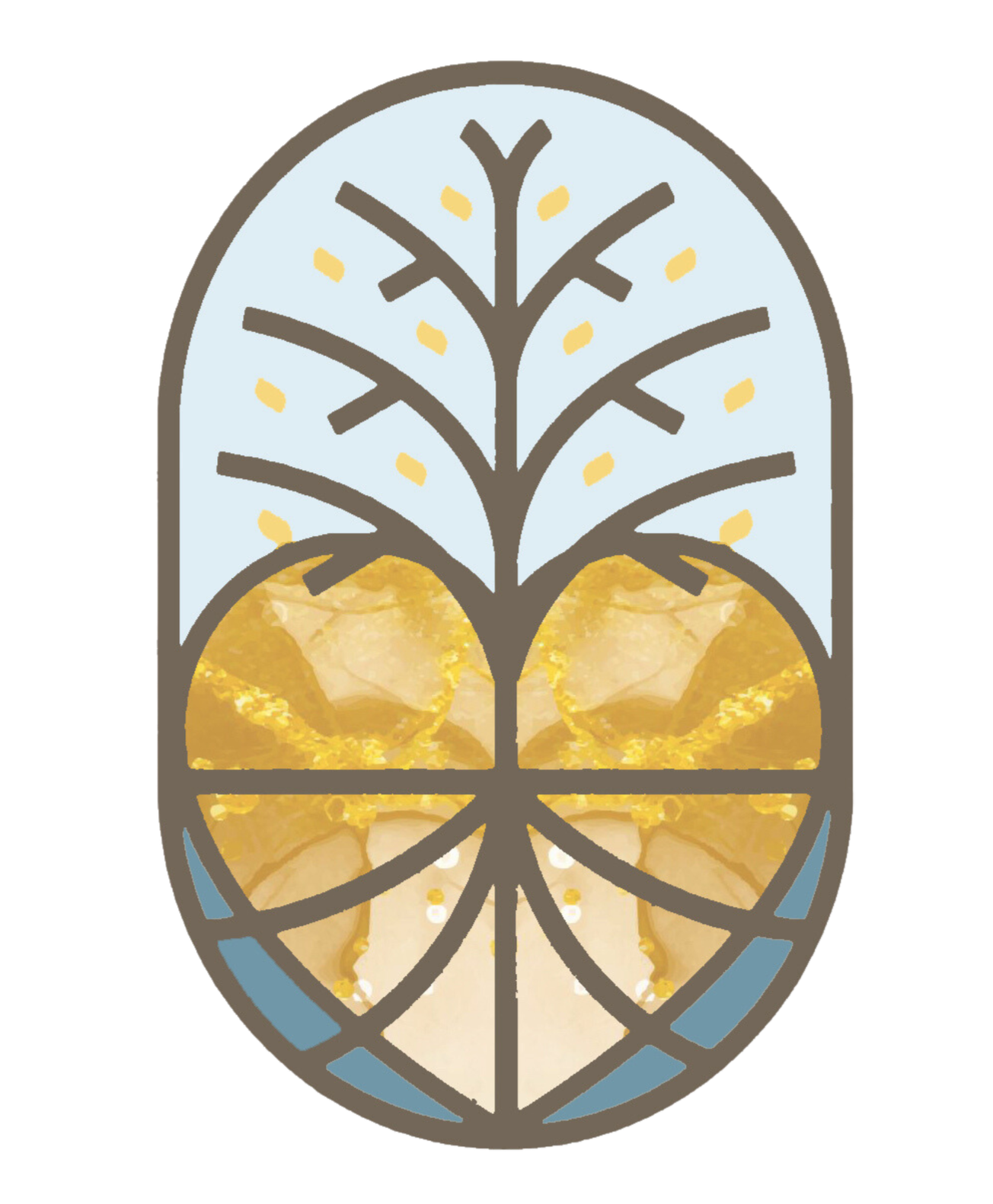When the Familiar Isn’t the Truth
Sometimes we mistake the familiar for the truth.
When we feel disconnected from ourselves, we often find comfort in old patterns—ways of thinking and behaving that have been with us for years. They might not be helpful, and they might even hold us back, but they feel known. And the known, even when it’s painful, can feel safer than the unknown.
These patterns—what in therapy we might call “parts” of ourselves—are often just old ways of knowing. They were formed at some point to help us make sense of life, to keep us safe, to help us belong. Over time, though, they can start to run the show, shaping our decisions without us even realizing it.
When Old Parts Show Up
As we grow and begin to connect more with who we truly are, these parts can show up more strongly. They might speak in the voice of doubt, guilt, or hesitation—questioning whether we’re really ready to move toward something that feels deeply aligned.
And here’s the tricky part: their arrival doesn’t mean you’re going backwards. Often, it’s a sign of growth. When we’re on the edge of change, the familiar parts of us sometimes cling the hardest. They want to pull us back to what they know.
Meeting the Moment Without Judgment
When this happens, the work isn’t to fight them or “fix” yourself. It’s to pause and notice.
Ask yourself:
Is this my Self speaking—the part of me that feels grounded, steady, and aligned?
Or is this a part that’s reacting from an older version of me?
You might notice that the Self feels like a “yes.” It feels easier in the body—open, expansive, unclenched. The old parts often feel constricting, confusing, or heavy. Recognizing the difference is where the shift begins.
The Brain and Its Patterns
The brain is built for patterns. It likes the path of least resistance. So when you have a new thought or a new vision for yourself, your brain might say, “Wait—we don’t go that way. We’ve always gone this way.”
That’s not failure. That’s wiring.
Rewiring happens by noticing the pull toward the old path and choosing—deliberately, gently—the new one. Each time you make that choice, you lay down a little more of the neural pathway for your new way of thinking and being. Over time, the new path starts to feel more familiar than the old one.
Letting It Be an Exploration
You don’t need to rush it. You don’t need to label it as right or wrong. This is an exploration.
The invitation is simple: notice the part that’s speaking, thank it for its history, and choose whether it’s leading you toward your truest Self—or back into an old way of being that no longer serves you.
Growth often feels unfamiliar. That’s how you know you’re in new territory.

